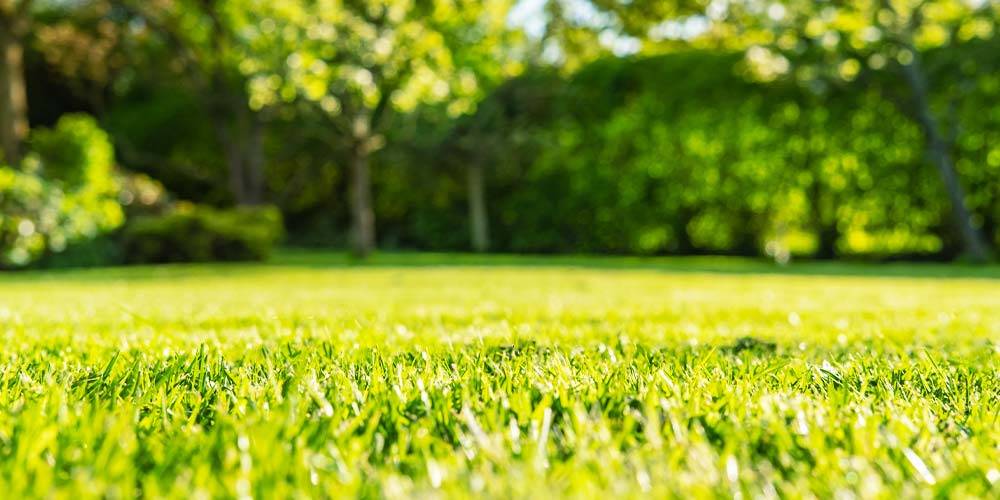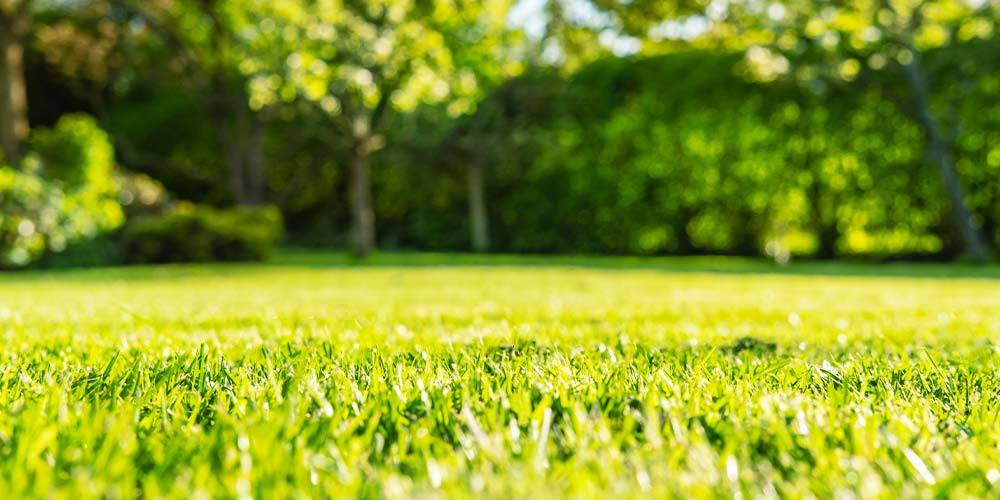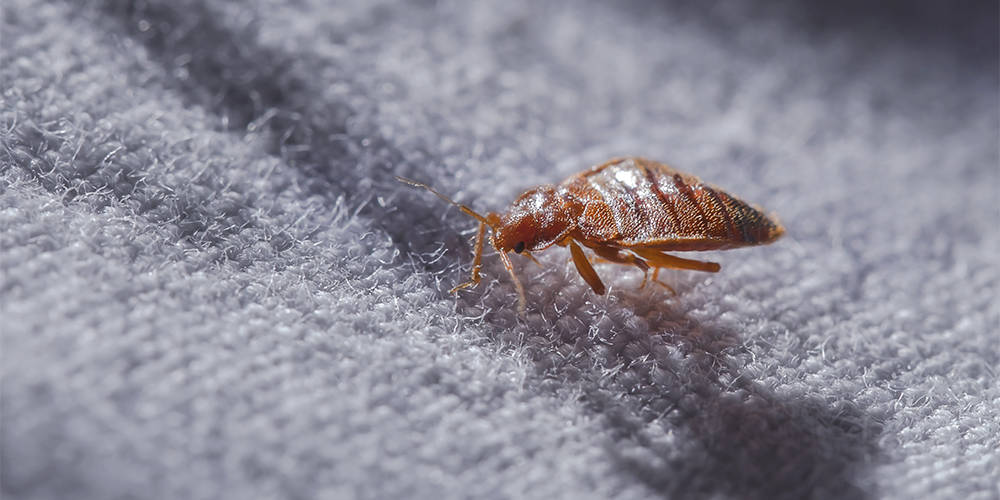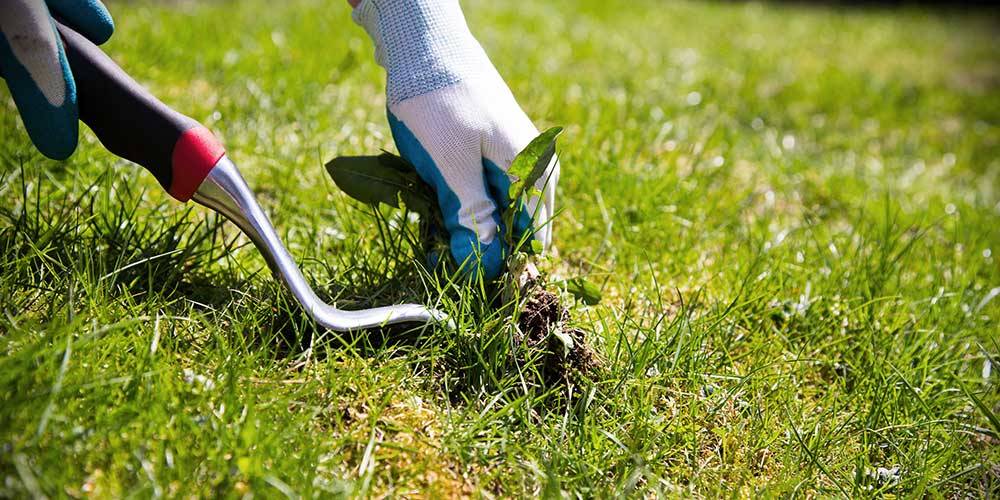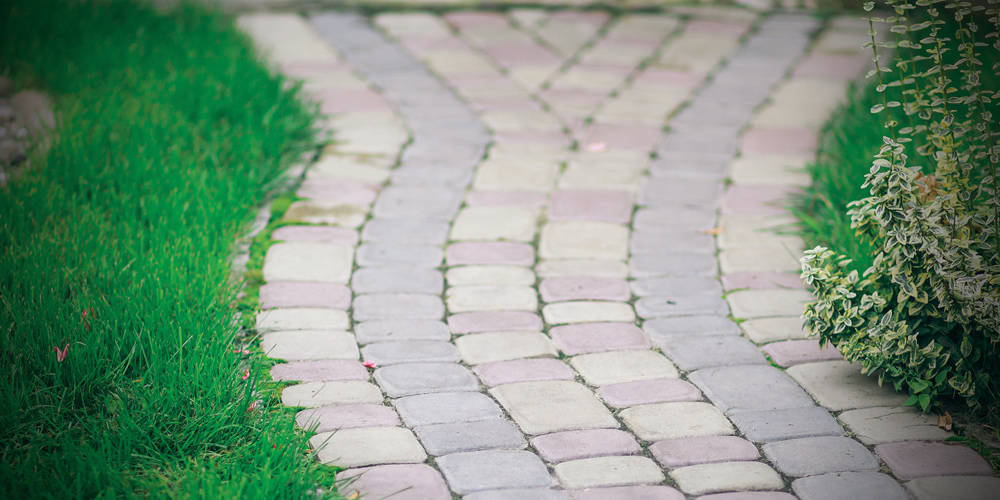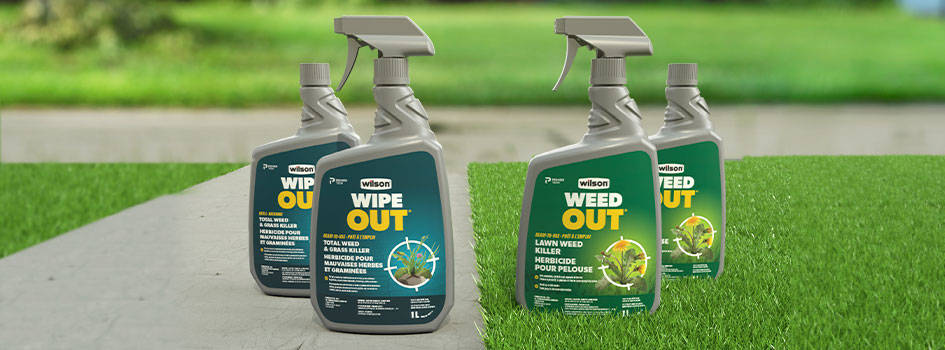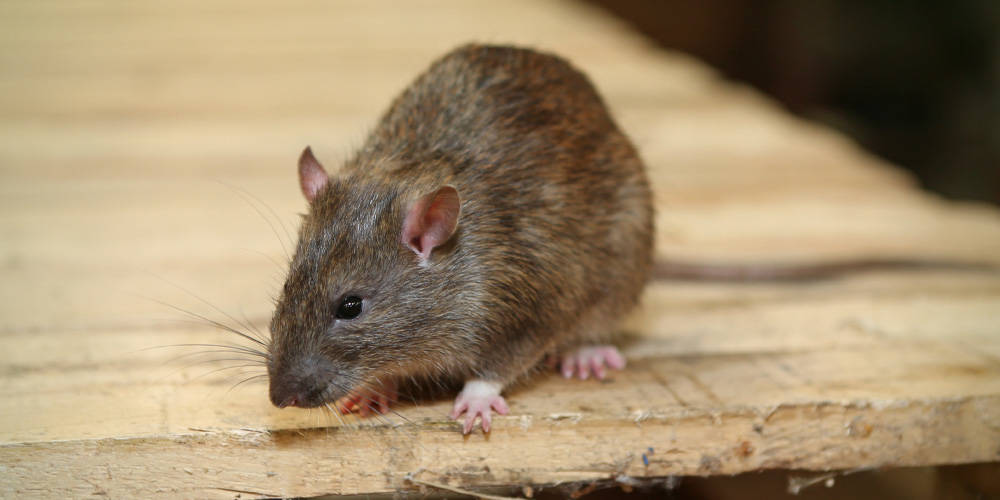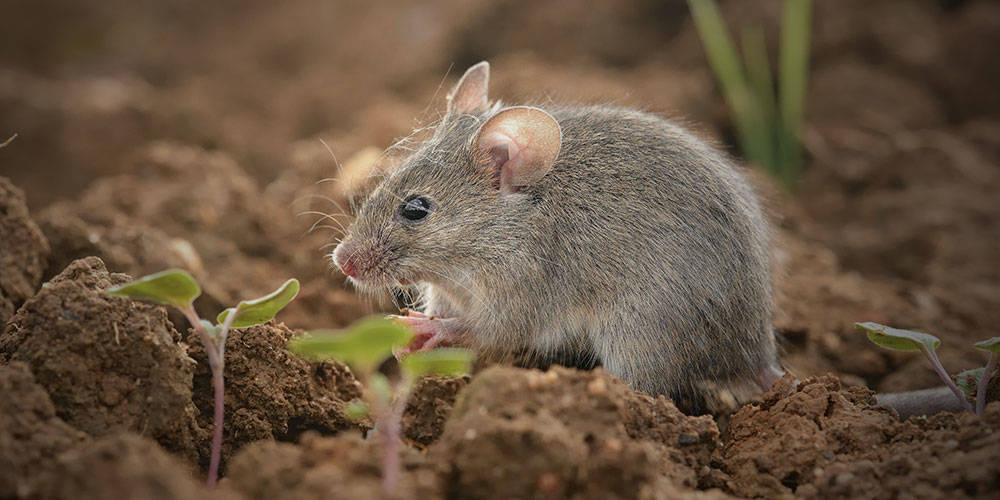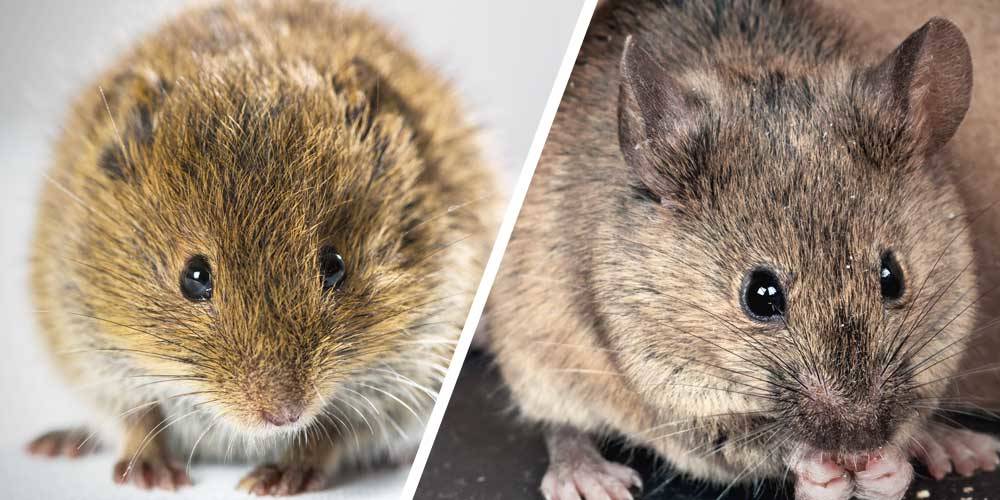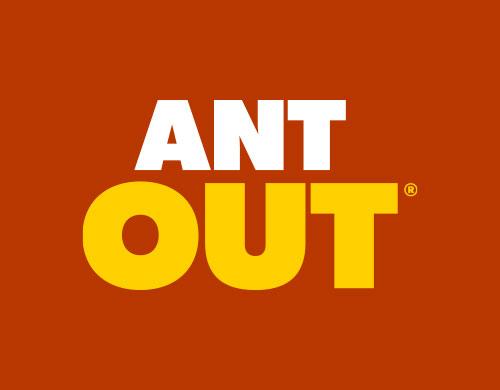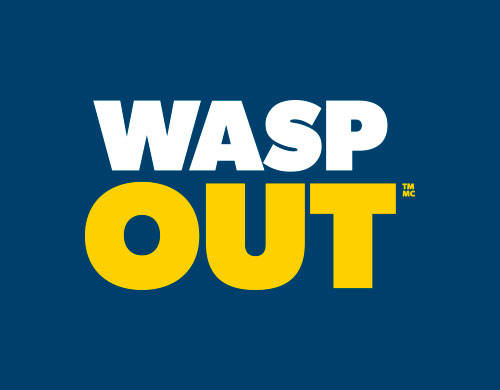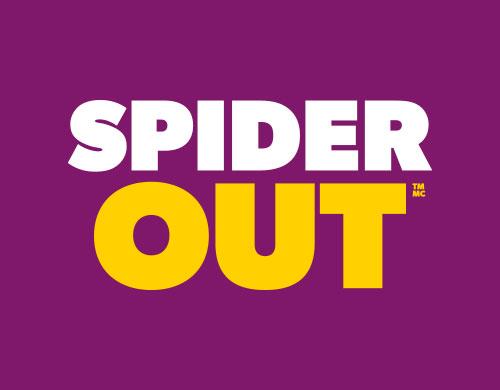Many insects feed on the grass and cause damage to your lawn. Here are some tips to help you identify some pests and how to get rid of them for a healthy lawn.
GRUBS
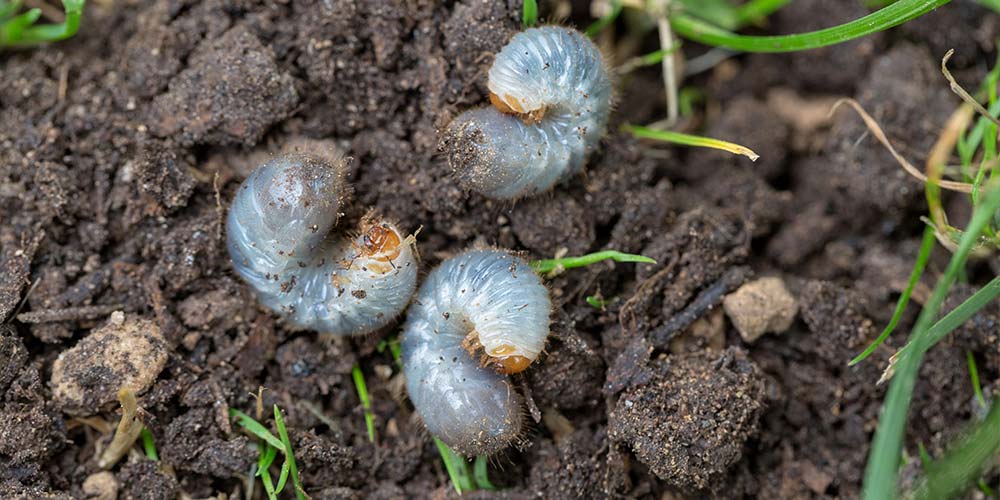
What do grubs look like?
Grubs are the larvae of different kinds of beetles; Japanese Beetle, European Chafer, or the June bug. They are “C” shaped, milky white in colour, with a brown head, and six prominent legs.
What are the damages?
Grubs feed on grass roots which will cause dead grass on your lawn that will lift like a piece of carpet if pulled. This damage begins around the end of July thru the beginning of August. First signs of damage will be in full sun, well drained locations.
How to get rid of grubs
The best time to control grubs is early August, when the larvae are small and actively feeding near the surface. Begin applying nematodes in August to destroy these destructive insects for one full year. For heavy infestations you may need to repeat in September. After September or even in the spring they are much harder to control.
Ants
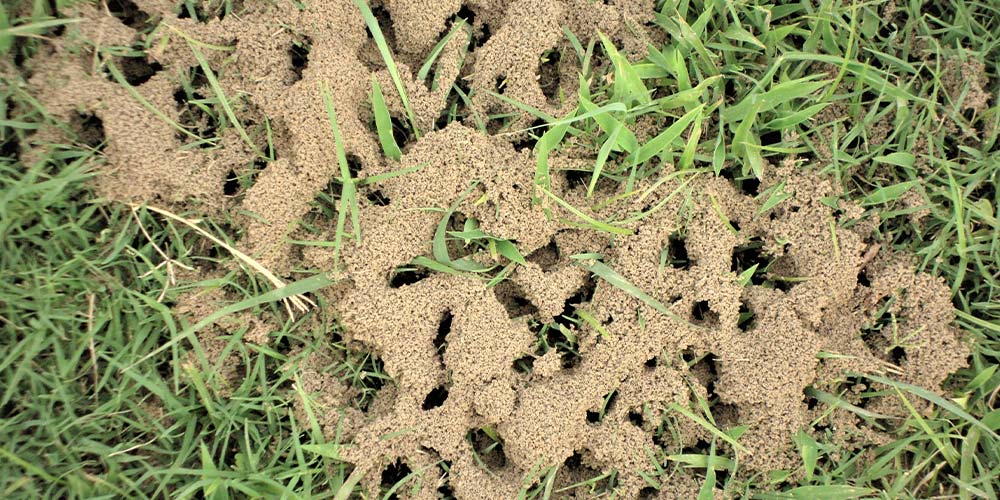
What do ants look like?
Ants are social insects that live in colonies that may contain one or more queens.
What are the damages?
Left unchecked, ants can upset the roots of plants, cause deep holes in the lawn, or find their way into your house. Long-term control of ants can only be achieved by destroying the nest and the queen. Ants generally feed on a variety of small insects (found or captured), plant nectar, or honey dew caused by weeping plants.
How to get rid of ants
They require a diet of carbs and protein, it’s best to bait a protein bait like ant traps. This will ensure complete control.
CHINCH BUGS
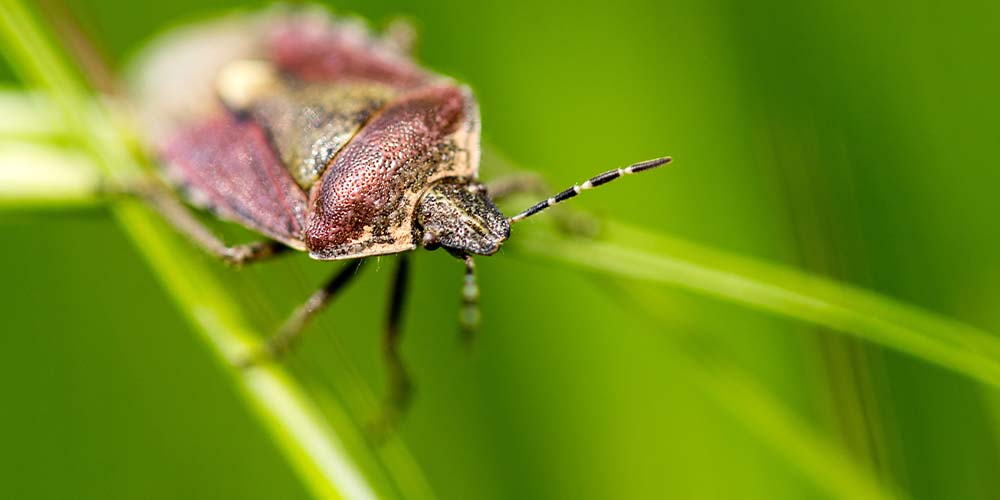
What do chinch bugs look like?
Chinch bugs are quite small, with adults being 4mm and are blackish brown insects with two white marks on their backs.
What are the damages?
Chinch bug suck the sap from grass, usually leaving random patches of dead grass, in large infestations your whole lawn can be affected. They thrive in hot dry weather, and are most active on days when the temperature is above 20°C, typically affecting sunny areas first. They feed most heavily from mid-July to mid-August, and this window is the most effective control period.
How to get rid of chinch bugs
If you are unsure if you have chinch bug, try parting the grass and looking at the base of the grass plants to look for them. If you’re still not sure try creating a cylinder by removing the top and bottom of a can and force one end of the cylinder into the infested soil. Now fill it with water and wait to see if they float to the surface. Once you’re sure they are chinch bugs begin treating nematodes.
SOD WEBWORM
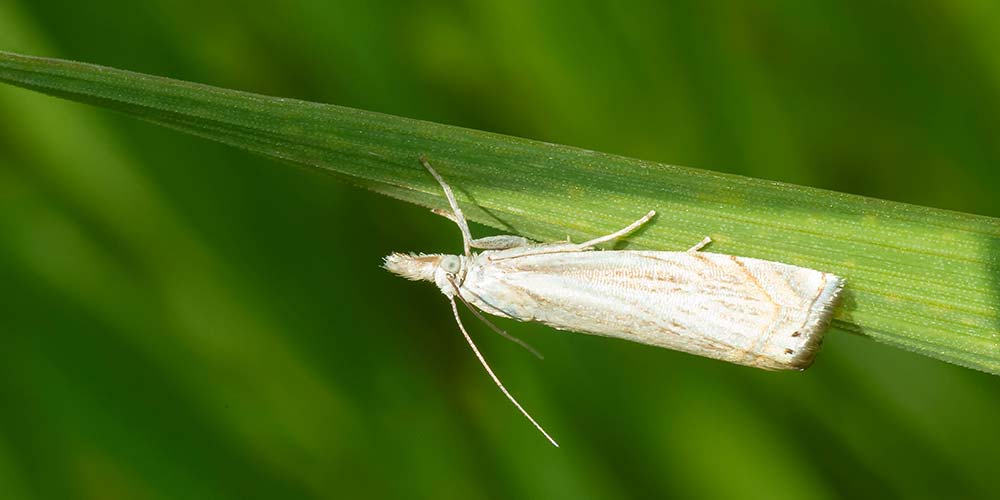
What do sod webworms look like?
Adults are small, light-coloured moths that fly up from the lawn, travelling in a zig-zag pattern, in the evening when they are disturbed.
What are the damages?
Sod Webworm, or Lawn Moths, feed on blades of grass, chewing them off at ground level. Damage will appear as brown patches in the driest area of the lawn. Dead grass will pull away in clumps. Damage usually appears in late August and September.
How to get rid of sod webworms?
To treat use nematodes, applied at the first sign of an infestation.
EUROPEAN CRANEFLY LARVAE
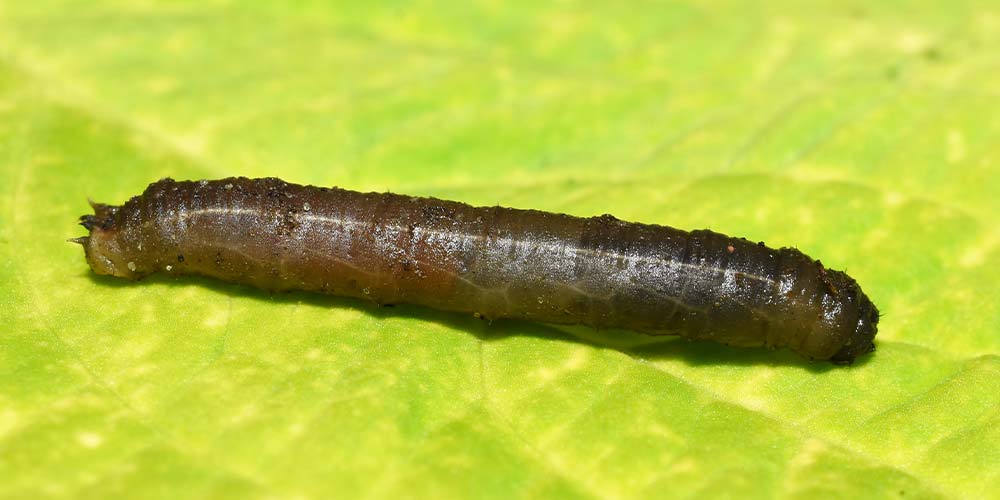
What do European cranefly larvaes look like?
The adult Crane Fly looks like a large mosquito, is not harmful to your lawn, but the grub stage known as a Leatherjacket can be very destructive.
What are the damages?
The larvae feed on grass roots and blades in the fall and spring. The worst damage is done in March and April. They are found just under the surface of the soil and after June they will begin to emerge as the European Cranefly. The Cranefly lives for only one week, with its sole purpose being to reproduce. Once it has laid its eggs in the soil it dies off, but those eggs will hatch in approximately 11 – 15 days, so without treatment they can quickly multiply and destroy a lawn.
How to get rid of European cranefly larvae?
Treatment is best done in mid-October or in the spring months, when weather permits, with Nematodes.
